The start of the New Year has been a good time to get organised and so far in our decluttering process, we have reflected on our achievements (or lack of them) for the last 12 months and we have considered which crafts get us excited and which ones we need to leave behind. From here we have been able to determine which craft supplies we need to create the artwork that most excites us. This allows us to move out everything else, giving us space to store our supplies with some order. Now we are ready to look ahead.
Regardless of where we are on our creative paths right now, there is always somewhere we have come from and where we are heading. To help us get to where we want to be it helps to have an idea of there that is and what it may look like. Goal setting and creating action plans to get there is a huge topic and we won’t even attempt to cover it here.
My suggestion to you is to keep your artistic goals simple; outline how we are going to set aside time to allow our creativity to develop, have a broad idea about which projects we may want to start, and leave the rest to our creative muse. A mind map is one of my favourite tools for creating simple plans where we can use simple headings for each branch.
Here is mine for 2012. The main branches are:
– Time
– Supplies
– Techniques
– Projects
From each branch I will outline a few points for each one. And it doesn’t need to be boring but also don’t get too caught up in making it look pretty; we are getting the bones of a plan out there so we can see it and think about it and add (or prune) to it over the coming 12 months.
So what are you waiting for?!? Get sorting, get inspired and start creating!
*
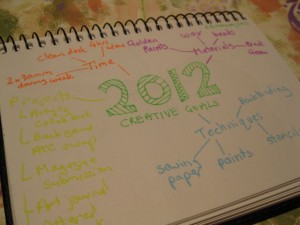
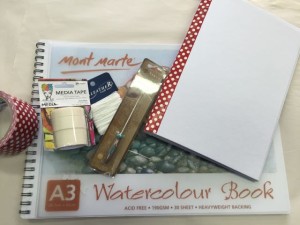
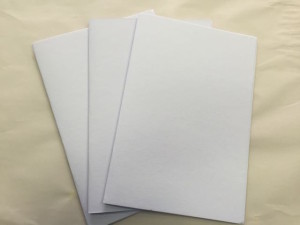
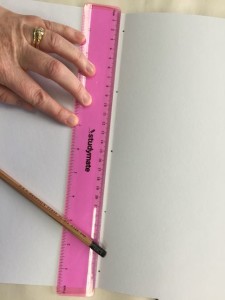
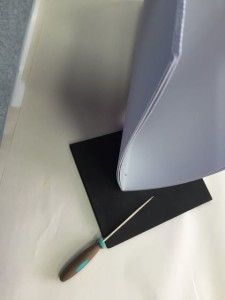
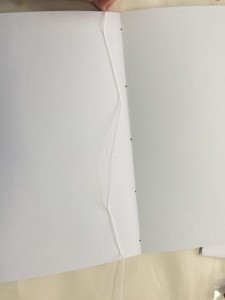
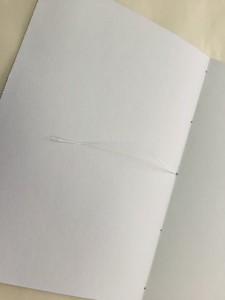
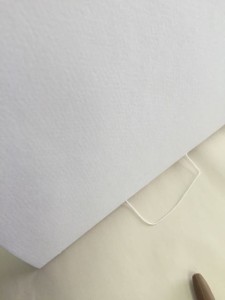
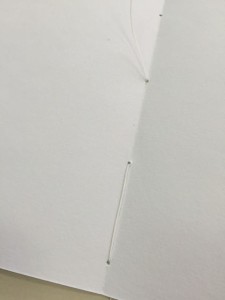
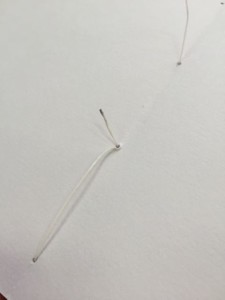
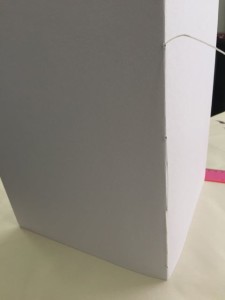
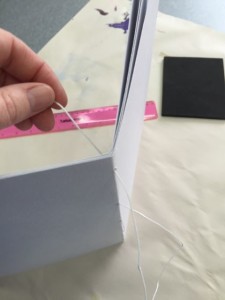
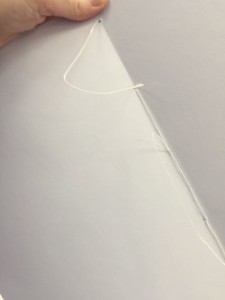
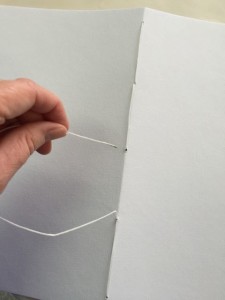
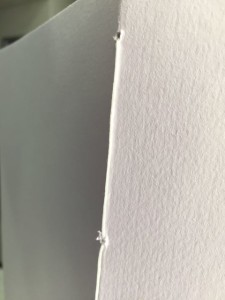
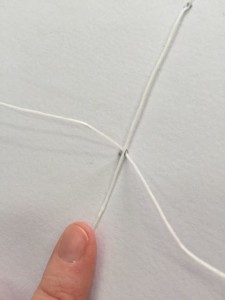
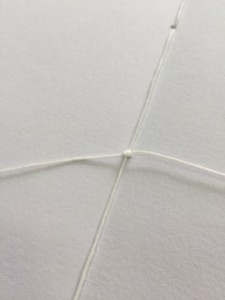
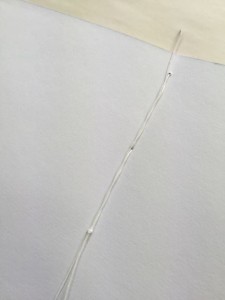
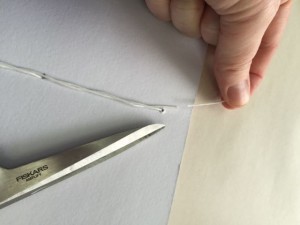
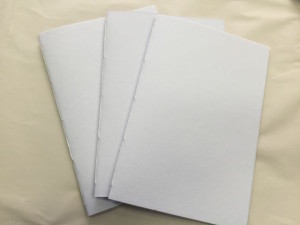
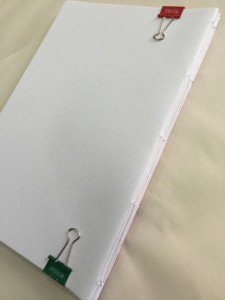
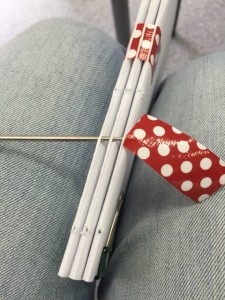
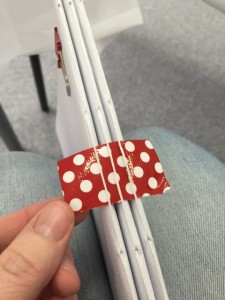
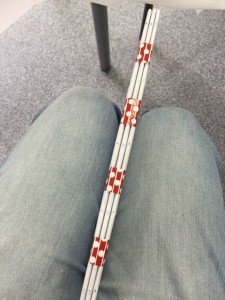
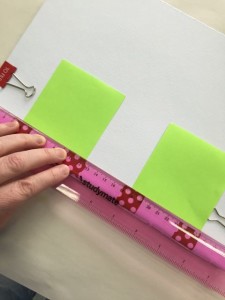
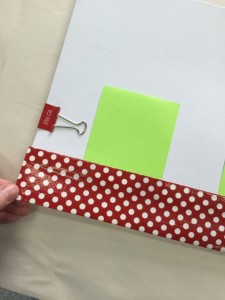
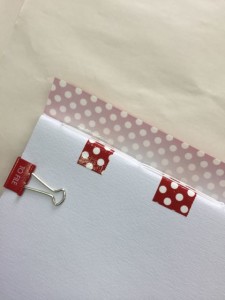
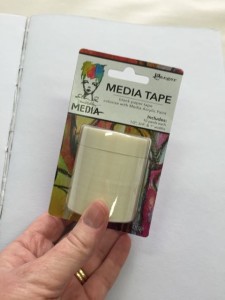
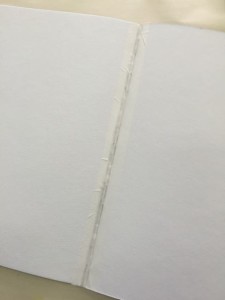
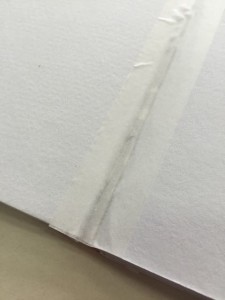
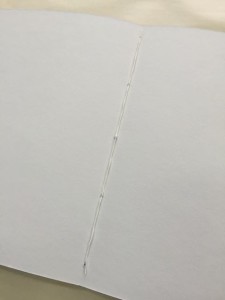
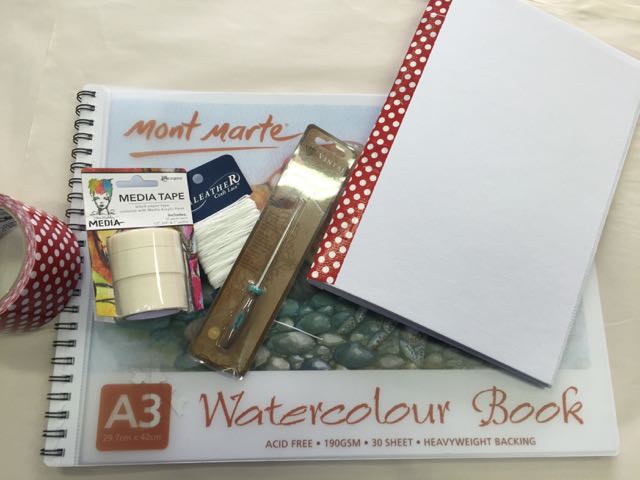
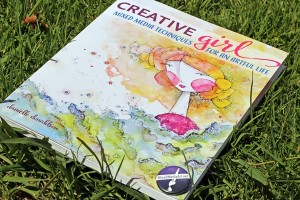
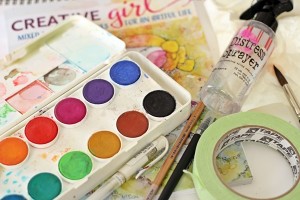
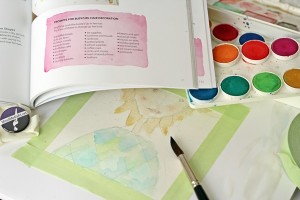
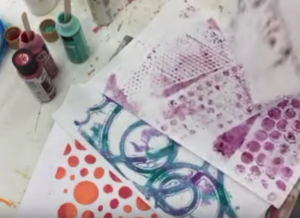
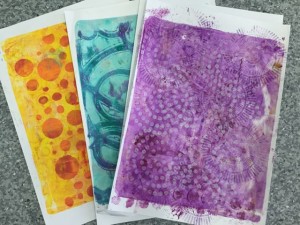


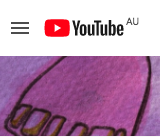
Recent Comments